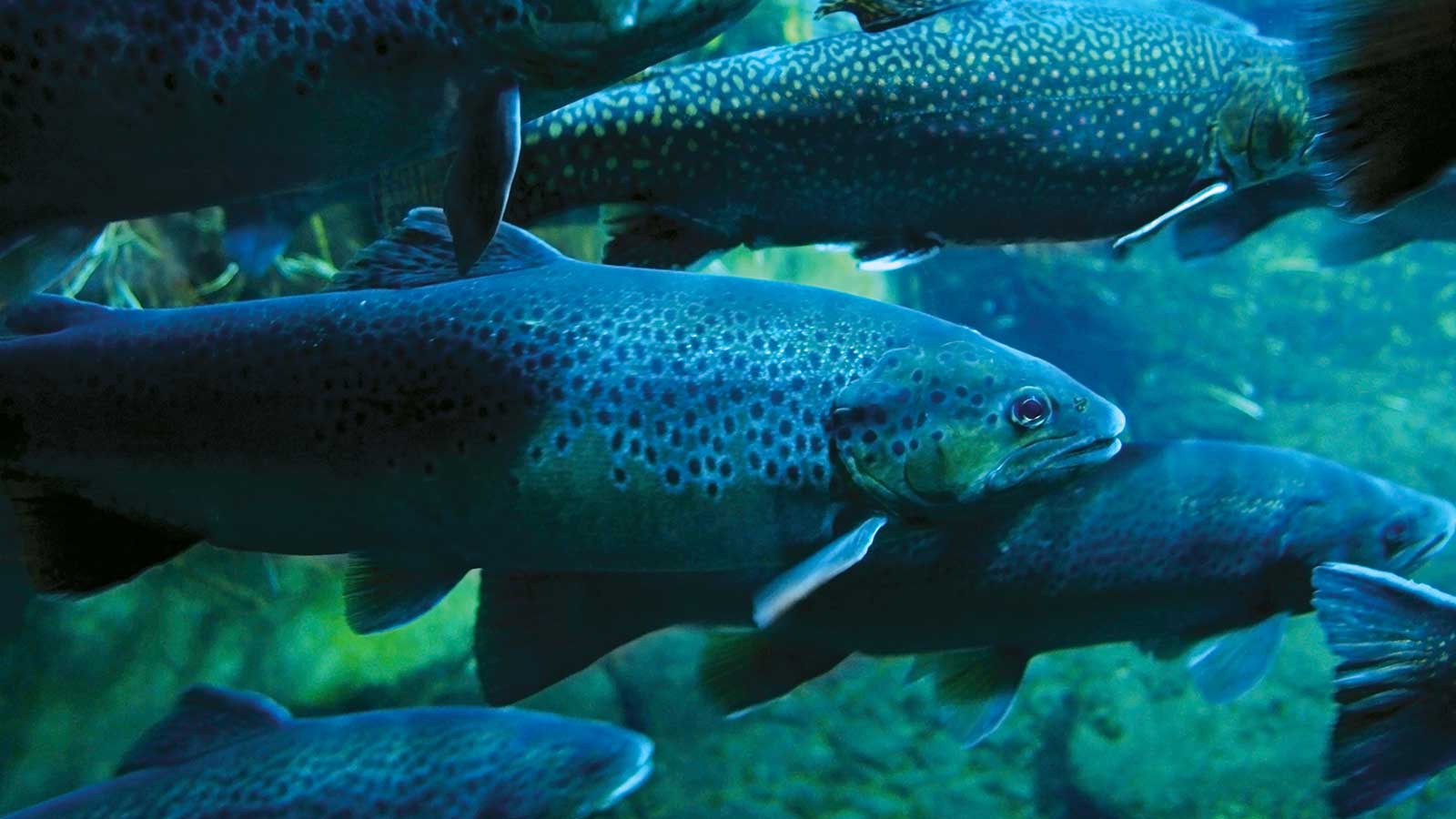Center for Air and Aquatic Resources Engineering and Sciences (CAARES)

About CAARES
Learn more about our research center's efforts and collaborations:
Partners
CAARES interacts with the Syracuse Center of Excellence in Environmental and Energy Systems and other institutions, such as Cornell University, the University of Rochester, SUNY ESF and SUNY Albany. While each institution has its own research mission, there are important intersections we can use to build an integrated, state-wide research center focused on air quality issues.
By enhancing already-existing capabilities and forging active collaborative alliances, we provide critical new information on air resources and innovative new approaches for managing indoor and outdoor air quality within a competitive economic environment.
CAARES Equipment and Facilities
CAARES has analytical facilities that house a number of major instruments, as well as laboratory space specifically designed to support research. The major types of instruments are liquid chromatography-mass spectrometry (LC-MS) systems, including a triple quad for targeted analyses and QToF for full scan non-targeted analyses, and a multiple gas chromatography-mass spectrometry (GC-MS) system, including a 4-D gas chromatograph/high-resolution mass spectrometer and an inductively coupled plasma-mass spectrometry (ICP-MS) system.
CAARES also houses a wide range of instrumentation and facilities for aerosol research, including particle spectrometers (TSI APS, TSI SMPS, TSI FMPS, DMT UHSAS and DMT FM-100), aerosol generators (nebulizers, electrospray and a dust feeder), low-cost mesh networked sensors (PM and gas) and an aerosol wind tunnel.
Capabilities
A Thermo Electron ICP-MS XSeries II system is available. Innovative Infinity ion lens optics, based on a hexapole design with chicane ion deflectors, provide the lowest background specification of any quadrupole ICP-MS. This system has been used extensively to analyze air filters, soils and sediments and biological samples.
Mass concentrations are measured by gravimetry using a Sartorius MC5 microbalance in our temperature- and humidity-controlled class 1000 clean room. We continuously monitor the temperature and relative humidity to ensure compliance with 40 CFR Part 50 Appendix L requirements for the 24-hour equilibration of the filter before and after exposure to ambient aerosols.
Our SciEx X500B QTOF high-resolution Quadrupole Time-of-Flight (QTOF) system provides full-scan data for suspect screening and non-targeted analysis.
A Thermo Vanquish LC coupled to a Thermo Altis triple quadrupole mass spectrometer equipped with an electrospray ionization (ESI) source is used for both accredited and nonaccredited analysis of PFAS.
A state-of-the-art, HEPA-filtered aerosol wind tunnel with a cross-section of three feet by four feet and test wind speeds ranging from 0.5 to 15 m/s is available for CAARES researchers and external collaborators. The tunnel is fitted with a novel moving aerosol injection system and an aerosol sensor array that combine to ensure uniform aerosol concentrations over the entire cross-section of the tunnel.
Conventional
We have numerous conventional GC-MS systems with a variety of sample introduction inlets, including headspace analysis and preconcentration systems for SUMMA canisters and Tenax traps.
Multidimensional Gas Chromatography
Our latest addition is a LECO Pegasus 4D GCxGC-TOFMS. This state-of-the-art system combines comprehensive gas chromatography with the exact mass resolution of a Pegasus HT TOFMS. This instrument is used for analyzing complex samples, primarily for emerging contaminants.
Xevo TQ-XS with APGC
Xevo TQ-XS APGC enables detection limits at ultra-trace levels to allow compliance with regulatory limits and the ability to inject less sample matrix, reducing the effects of contamination.
Inorganic
Before samples can be analyzed, they need to be acid digested. We have acquired a CEM MARSXpress that can produce temperatures of up to 260°C and pressures of 500 psi for rapid sample digestion and that processes up to 40 samples at a time.
Organic
Our DIONEX ASE300 Accelerated Solvent Extraction system prepares organic samples for processing. This unit uses elevated temperature and pressure, permitting rapid extraction of the samples with a much smaller volume of solvent than a conventional Soxhlet extraction system.
The lab also has a Fluid Management Systems (FMS) PowerPrep SPE Automated One-Step Extraction and Concentration System and an automated gel permeation chromatography (GPC) system for handling multiple samples simultaneously.
Mercury Analyses
Our mercury analysis laboratory can analyze solids, water and biota for total mercury.
Faculty and Staff
Many faculty from different departments collaborate with CAARES. In addition, we work closely with the Institute for a Sustainable Environment, where we also have faculty appointed.
